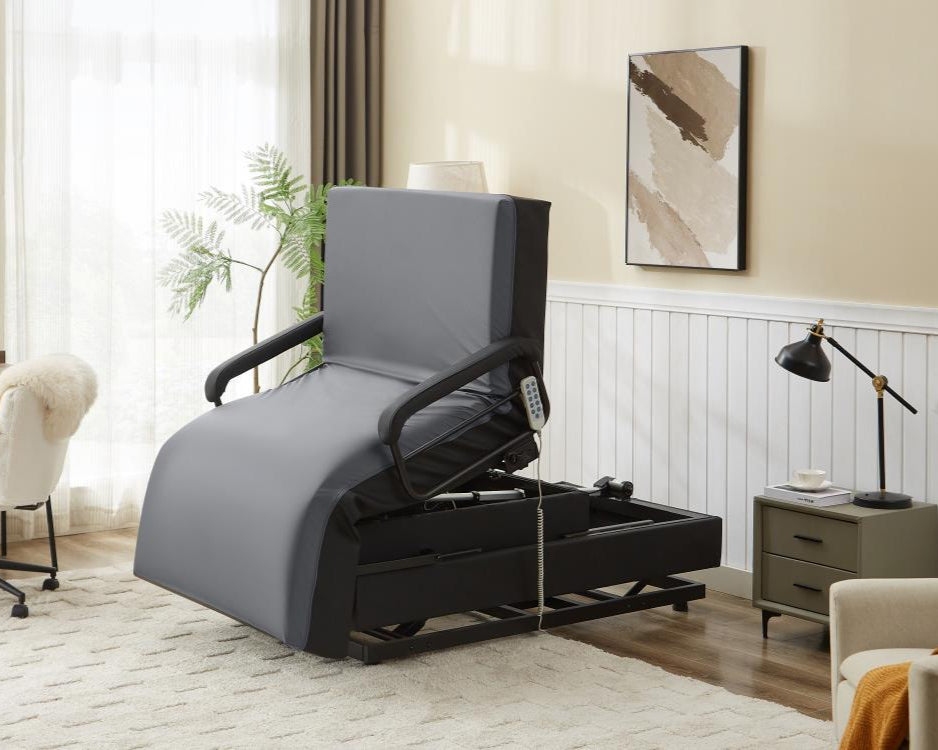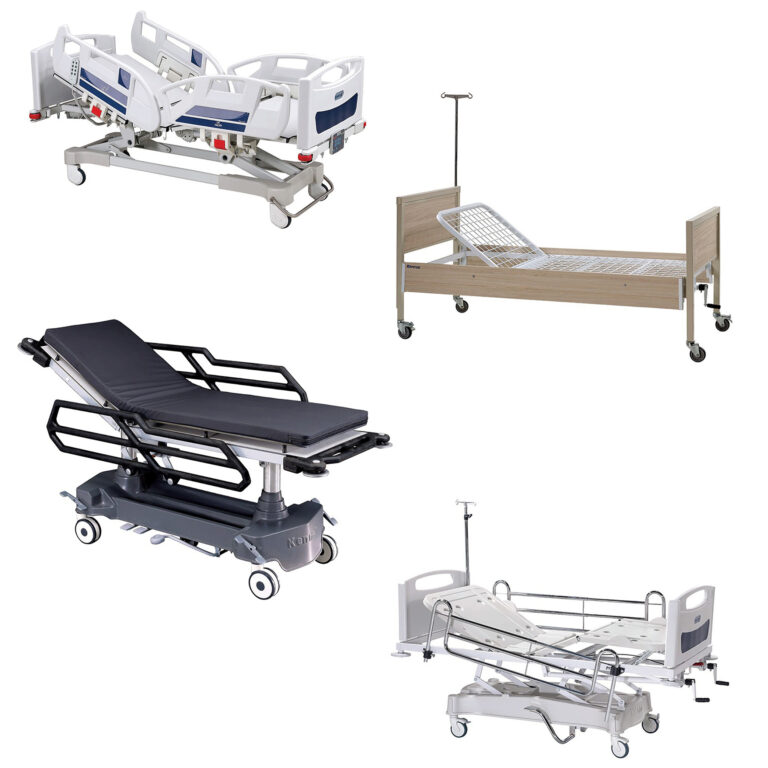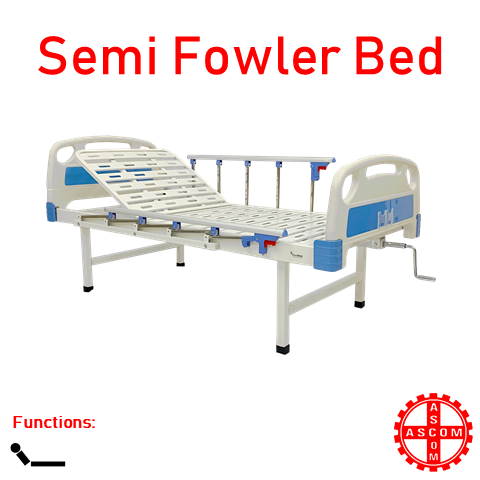Some Known Questions About Hospital Beds For Home Use.
Some Known Questions About Hospital Beds For Home Use.
Blog Article
The 45-Second Trick For Hospital Beds For Home Use
Table of ContentsNot known Factual Statements About Hospital Beds For Home Use The Ultimate Guide To Hospital Beds For Home UseAn Unbiased View of Hospital Beds For Home UseOur Hospital Beds For Home Use DiariesNot known Facts About Hospital Beds For Home UseThe Best Guide To Hospital Beds For Home UseThe 6-Minute Rule for Hospital Beds For Home Use
There are 3 main types of health center beds: manual, semi-electric, and fully-electric. These beds make use of hand cranks to adjust the bed's height and increase and reduce the head and the foot.
Semi-electric beds have an electric motor to raise and lower the head and foot parts of the bed (hospital beds for home use). Full-electric beds have an electrical motor that can increase the head and foot sections of the bed as well as the entire height and positioning of the bed.
Hospital Beds For Home Use Can Be Fun For Anyone
There are a number of types of health center beds, each developed to fulfill certain patient requirements. Below are some typical types: This is the most usual kind of hospital bed, developed for basic medical usage.
Lower to the ground than a typical bed. This kind of bed is made for larger individuals, with a wider frame and greater weight ability than a common bed. This sort of bed is designed particularly for youngsters, with smaller dimensions than a basic bed. Unique attributes such as complete size side rails and cartoon style.
This kind of bed is designed for seriously ill individuals that require open tracking and specialized clinical devices such as ventilators and infusion pumps. This type of bed is developed for use during labor and delivery, with adjustable positions and features to support the mother and baby during the birth procedure.
The Only Guide for Hospital Beds For Home Use
Several function and the accessories execute expanding grip to various parts of the vertebra and the extremities without moving the body. These are just a few instances of the kinds of hospital beds readily available. The details type of bed used will certainly depend upon the client's problem, medical needs, and various other elements.
Here is things you require to recognize. A one-function health center bed is a medical bed that permits a client to move just the head or foot section up or down. A 2 function hospital bed generally describes a sort of clinical bed that has two adjustable features to assist clients in medical facilities or treatment facilities.

5 Simple Techniques For Hospital Beds For Home Use
A 7-function ICU bed is a type of medical bed that supplies numerous adjustable functions to sustain seriously unwell patients in an intensive care unit (ICU) (hospital beds for home use). The seven features typically include: Backrest adjustment: The back-rest can be adapted to different angles to aid the person stay up or rest easily
Height modification: The bed can be elevated or decreased to make it easier for patients to enter and out of bed, and for caregivers to give treatment. Trendelenburg setting: The whole bed can be slanted to promote blood circulation and flow in the this contact form body. Reverse Trendelenburg setting: The bed can also be slanted in the contrary instructions to promote blood flow and blood circulation in the top body.
While even more inexpensive than electric models, these beds call for exertion for modifications. The major advantages of hands-on beds are their price and integrity, as they don't count on power. Nonetheless, the requirement for manual initiative can be a restriction in situations where fast adjustments are essential or where caretakers face physical obstacles.
The 6-Minute Rule for Hospital Beds For Home Use
They are well-suited for patients who need marginal repositioning for convenience or clinical needs. Semi-electric healthcare facility beds Look At This use a balance of manual and electric controls. The head and foot sections are generally changed with electrical controls, while the elevation is readjusted manually. These beds offer an excellent center ground in between handbook and Get More Information completely electric options, using simplicity of usage without the full price of electric models.
Semi-electric beds are well-suited for patients that require moderate adjustments to the head and foot areas yet can take care of without regular height modifications. This makes them an affordable option for those seeking comfort and convenience without the need for consistent repositioning. Completely electrical health center beds include electrical controls for seamless adjustments to the elevation, head, and foot areas.
Specialty hospital beds, such as ICU beds, long-term treatment beds, and bariatric beds, are very carefully developed to attend to certain medical needs. These beds supply tailored care for varied client groups, improving both end results and comfort. In the adhering to areas, we will discover the main kinds of specialized medical facility beds, detailing their certain advantages and applications.
With years of experience in making electric straight actuators - hospital beds for home use and close partnership with the healthcare market, TiMOTION is well-positioned to give dependable medical care services. Our up and down integrated firm handles every action of the manufacturing procedure, from style to actuator setting up, ensuring we provide extraordinary worth and personalized options customized to your particular requirements
How Hospital Beds For Home Use can Save You Time, Stress, and Money.

To discover more about incorporating these innovations into your products, call us today. More analysis:.
Information is sourced from the Medicare Cost Report.

Getting The Hospital Beds For Home Use To Work
A hospital bed is a bed made especially for clinical objectives. It is not only a place for individuals to rest, but additionally a system for medical operations. Unlike regular home beds, medical facility beds usually have adjustable functions, which can facilitate clinical staff to make various adjustments according to the needs of people, such as transforming the elevation, inclination, and support angle of the back and legs of the bed.
Report this page